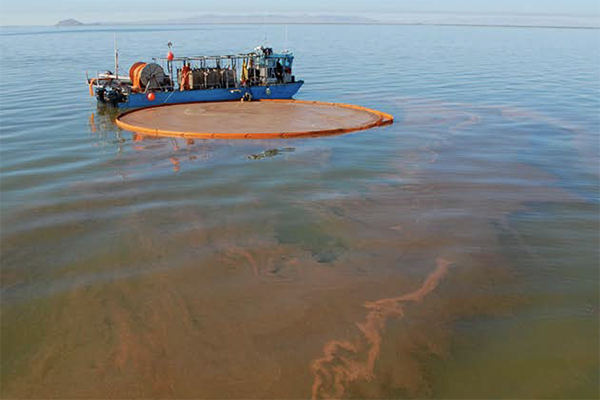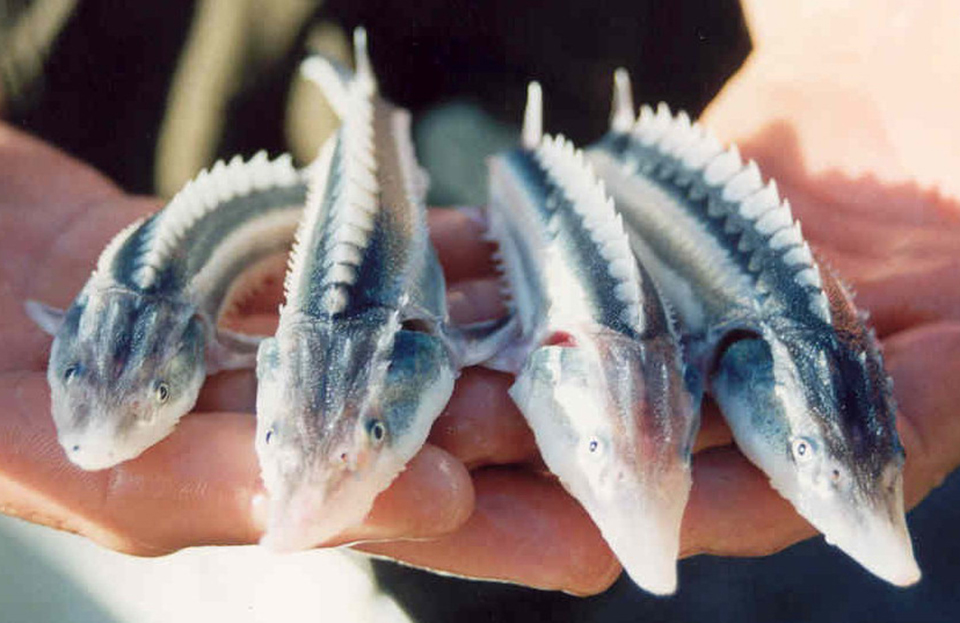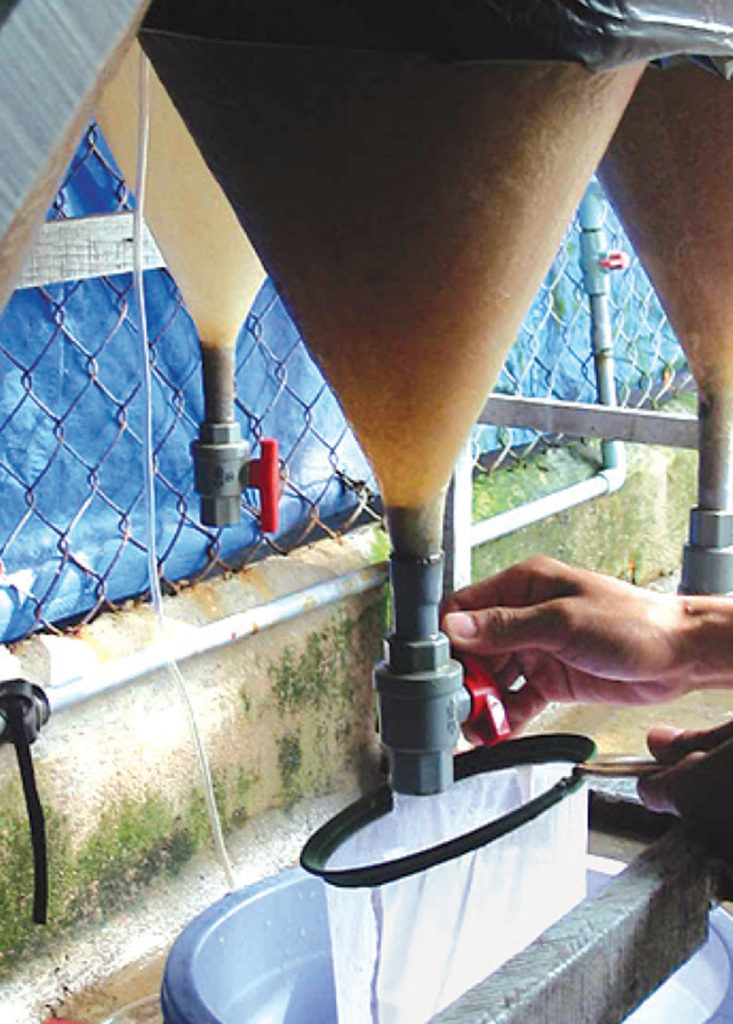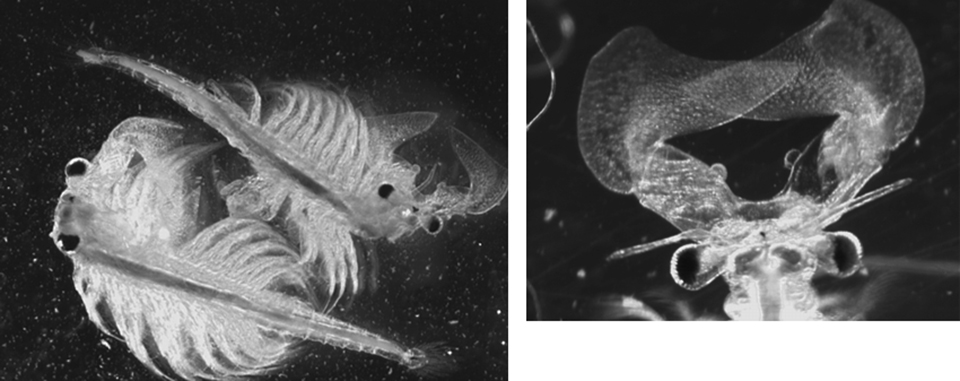Experts collaborating on interdisciplinary approach to address critical artemia issues and opportunities

With artemia being a critical live food source, leading experts in artemia research are planning to launch a collaborative International Artemia Aquaculture Consortium (IAAC) later in 2022. Dr. Patrick Sorgeloos, emeritus professor of aquaculture at Ghent University, outlined the possibility of striking a consortium at the Global Conference on Aquaculture in September 2021.
“It is the intention to have this on the agenda of the next FAO COFI Subcommittee on Aquaculture in May 2022, at which we expect the formal recognition by FAO member states of this international consortium,” Sorgeloos told the Advocate.
The idea for this new initiative was first discussed in November 2019, during an aquaculture meeting in Kuala Lumpur with leading experts. Since then, the organizers have approached artemia experts worldwide and received “much enthusiasm” in pursuing plans to strike a consortium.
“With this new initiative, we hope to facilitate the setting up of new joint research programs, the organization of workshops and training sessions, and ultimately call upon the attention of the international organizations to formally recognize this new ‘International Artemia Aquaculture Consortium,’” according to a statement published on the IAAC website.
With the expansion of hatchery production, the demand for artemia cysts continues to increase. It’s estimated that annual consumption has reached 3,500 to 4,000 tonnes (3,800 to 4,400 metric tons). This underpins the production of over 900 billion crustacean postlarvae and fish fry by a hatchery industry valued at more than (U.S.) $2 billion and the final production of over 10 million tonnes of high-value aquaculture species.
Approximately 90 percent of the current artemia production is harvested from inland salt lakes, which are under threat of drying up – a situation that could worsen in the future with climate change. The future of the hatchery industry could be at risk and requires urgent attention.
A new international interdisciplinary approach is needed to address these artemia issues and opportunities. Launched 40 years ago, the International Study on Artemia (an international interdisciplinary study of artemia species and strains) resulted in new knowledge and developments in fish and crustacean aquaculture. Experts hope that this new initiative will “guarantee a more sustainable provision of artemia,” as well as explore critical issues and opportunities, such as the conservation of artemia biodiversity or studying the impact of climate change on artemia production.
In the interim, a website has been created to provide “a platform for exchange where we can share information about the activities of our present membership, post new literature and other information dealing with artemia, announce and invite participants for specific workshops and webinars.”
Follow the Advocate on Twitter @GSA_Advocate
Now that you've reached the end of the article ...
… please consider supporting GSA’s mission to advance responsible seafood practices through education, advocacy and third-party assurances. The Advocate aims to document the evolution of responsible seafood practices and share the expansive knowledge of our vast network of contributors.
By becoming a Global Seafood Alliance member, you’re ensuring that all of the pre-competitive work we do through member benefits, resources and events can continue. Individual membership costs just $50 a year.
Not a GSA member? Join us.
Author
-
Responsible Seafood Advocate
[103,114,111,46,100,111,111,102,97,101,115,108,97,98,111,108,103,64,114,111,116,105,100,101]
Related Posts

Health & Welfare
Artemia bioencapsulation delivers probiotics via digestive tracts of fish larvae
Research with sturgeon and carp species indicated that encapsulated artemia has high potential to carry probiotics or other beneficial microorganisms.

Aquafeeds
Artemia replacement diets for penaeid shrimp
At shrimp hatcheries, artemia replacement diets are used to replace live artemia, but complete replacement in commercial conditions remains a challenge.

Innovation & Investment
Artemia, the ‘magic powder’ fueling a multi-billion-dollar industry
Artemia, microscopic brine shrimp used as feed in hatcheries, are the unsung heroes of aquaculture. Experts say artemia is still inspiring innovation more than 50 years after initial commercialization. These creatures are much more than Sea-Monkeys.

Health & Welfare
Bioencapsulated artemia show promise for therapeutant delivery to young fish
Research with sockeye salmon fry in Washington state demonstrates that bioencapsulated artemia can deliver therapeutic erythromycin more efficiently than pelleted feeds.



